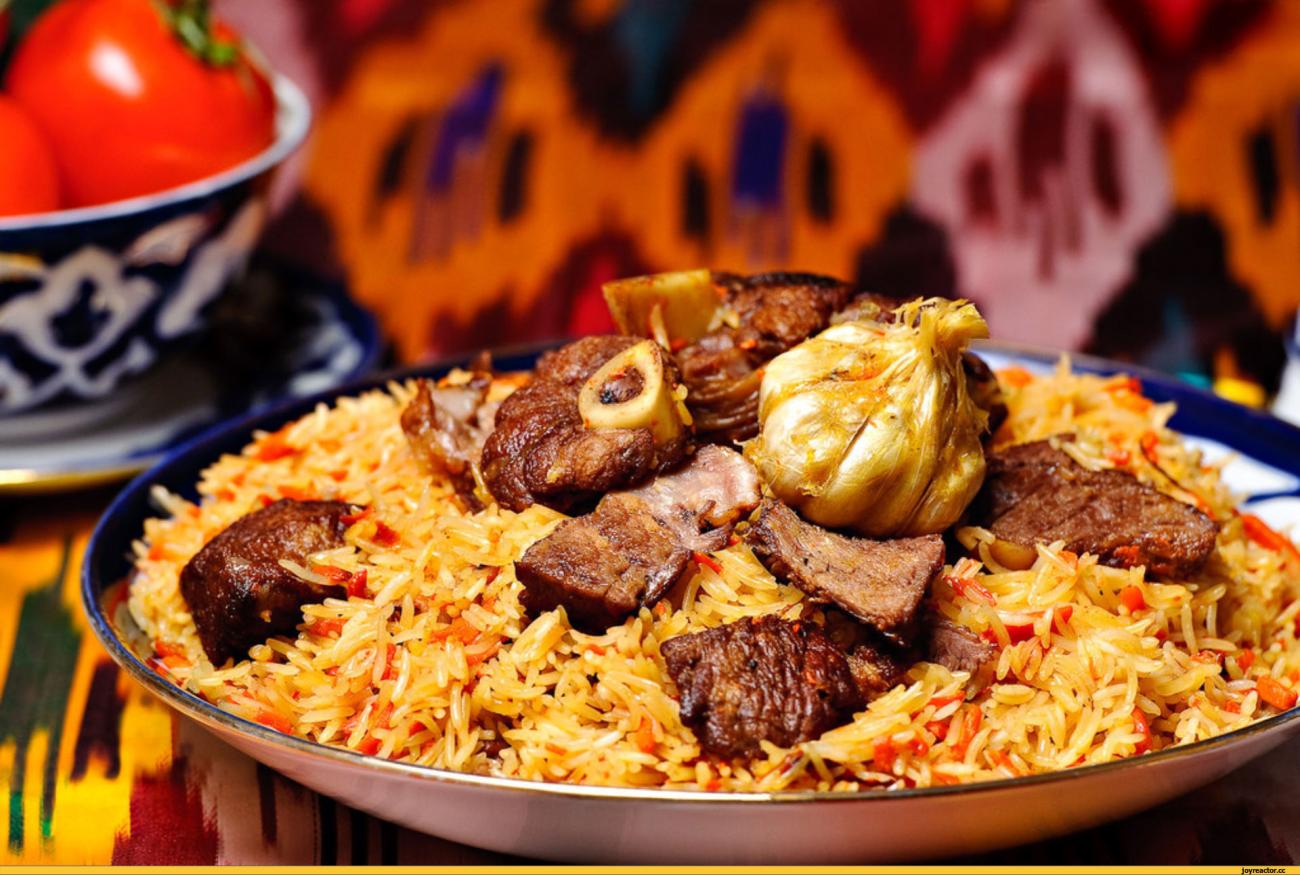
Uzbekistan traditional food
Plov, also known as pilaf, holds a central place not only in Uzbek restaurant menus but also within the broader scope of Uzbek culture. This iconic dish is a staple at gatherings, symbolizing hospitality and community.
No celebration or party in Uzbekistan is considered complete without a generous serving of plov. Traditionally, this dish is made from rice mixed with pieces of meat, carrots, and onions, and is often cooked in a large pot to accommodate communal feasting. Each region, especially in the southern cities, boasts its own unique variation of plov, adapting the recipe to reflect local tastes and available ingredients. These regional differences highlight the diversity and rich culinary heritage of Uzbekistan.
Moreover, Uzbek cuisine exhibits significant influences from its neighboring countries, incorporating elements that enhance and diversify its flavor profile. Often, plov is served alongside shashlyk, a popular meat skewer that adds a smoky, grilled component to the meal. This combination of dishes provides a hearty, satisfying experience, deeply rooted in the traditions and shared history of the region.
As such, Uzbek culinary practices offer a vivid reflection of the country’s cultural mosaic, where food serves as both sustenance and a means of cultural expression.

